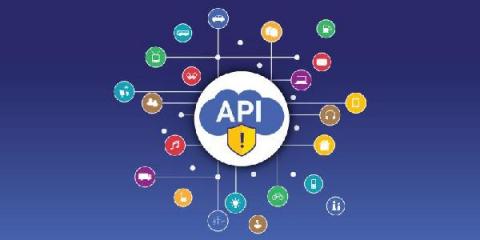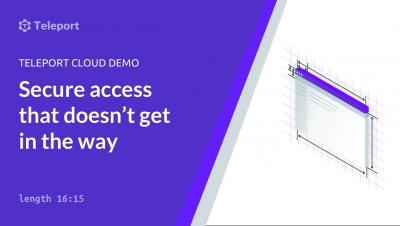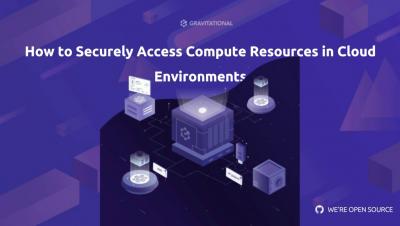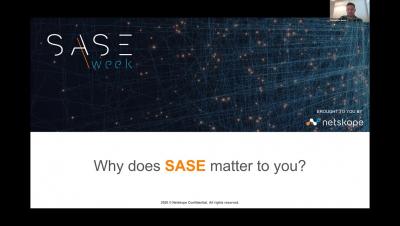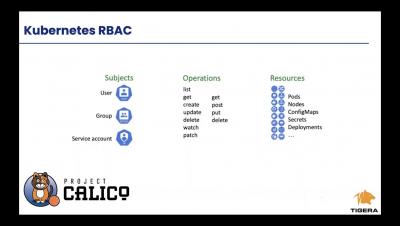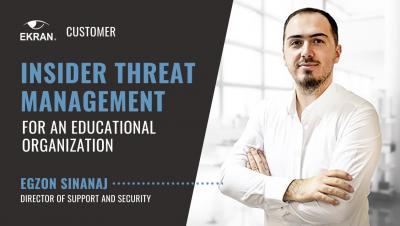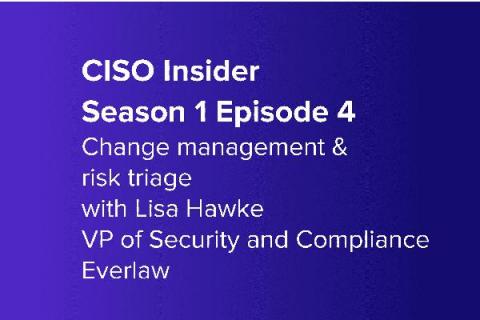Education, certifications, and cybersecurity
The question of cybersecurity certifications comes up very frequently on discussion boards. What is the best certificate to get? Is a college degree better for getting a cybersecurity role? What education or skills are needed for various cybersecurity roles? And many, many more. In this post, I'll try to clarify some of these questions and more.



